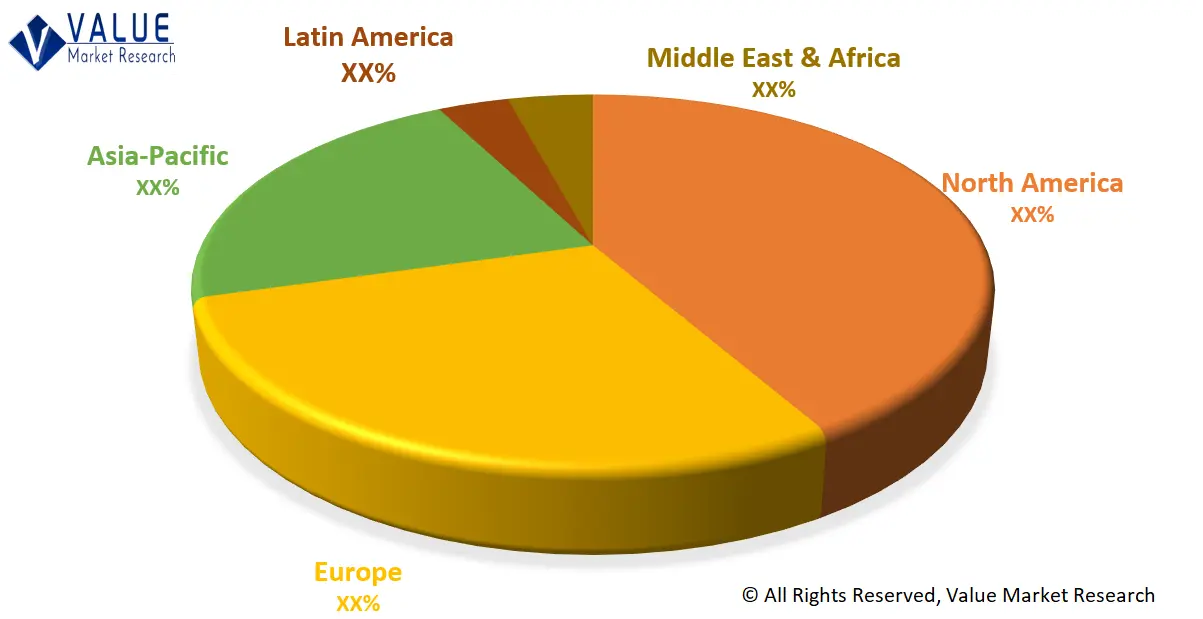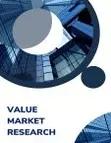The global demand for Catalytic Converter Market is presumed to reach the market size of nearly USD 125.6 BN by 2030 from USD 51.47 BN in 2022 with a CAGR of 10.42% under the study period of 2023 - 2030. Regarding volume, the market was calculated XX Units in 2022 and forecast to touch XX Units by 2030 with a CAGR of XX% during 2023 - 2030.
A catalytic converter is used in the exhaust system of vehicles to reduce the harmful pollutants emission that is released into the environment. It is an essential component of modern automobiles. Its main purpose is to convert toxic gases (carbon monoxide, nitrogen oxides, and hydrocarbons) into less harmful substances (carbon dioxide, nitrogen, and water vapour). The catalytic converter works by using a combination of metals (usually platinum, palladium, and rhodium) to catalyze chemical reactions that convert harmful pollutants into less harmful ones. The exhaust gases from the engine are passed through a honeycomb-like structure coated with these metals, where chemical reactions take place. The catalytic converter has become a standard component in most vehicles because it helps to reduce air pollution and promote cleaner air quality. In many countries, it is a legal requirement to have a catalytic converter installed in a vehicle in order to comply with emissions regulations. However, it can also be a target for theft due to the valuable metals it contains.
Market Dynamics
One of the main drivers of the catalytic converter market is government regulations. Many countries have implemented strict emissions standards, requiring vehicles to have catalytic converters installed to reduce harmful emissions. The continued tightening of these regulations is expected to drive the demand for catalytic converters. With growing concerns about climate change and air pollution, consumers are becoming more aware of the need for environmentally friendly products. The use of catalytic converters helps reduce the emissions of harmful pollutants from vehicles, making them a popular choice for environmentally conscious consumers. Advancements in catalytic converter technology have made them more efficient and effective at reducing emissions. New materials and designs are being developed that can reduce the number of precious metals needed for their construction, making them more cost-effective and sustainable. The growth of the automotive industry is also driving the catalytic converter market. As more vehicles are produced and sold, the demand for catalytic converters increases. The use of alternative fuel vehicles, such as electric cars and hybrid vehicles, is growing. However, even these vehicles still require catalytic converters to reduce emissions from their internal combustion engines.
The report covers Porter's Five Forces Model, Market Attractiveness Analysis, and Value Chain analysis. These tools help to get a clear picture of the industry's structure and evaluate the competition attractiveness at a global level. Additionally, these tools also give an inclusive assessment of each segment in the global market of catalytic converter. The growth and trends of Catalytic Converter Industry provide a holistic approach to this study.
Market Segmentation
This section of the catalytic converter market report provides detailed data on the segments by analyzing them at country and regional level, thereby assisting the strategist in identifying the target demographics for the respective product or services with the upcoming opportunities.
By Type
- Three-Way Oxidation-Reduction Catalytic Converter
- Two-Way Oxidation Catalytic Converter
- Diesel Oxidation Catalyst
By Material
- Rhodium
- Platinum
- Palladium
Regional Analysis
This section covers the regional outlook, which accentuates current and future demand for the Catalytic Converter market across North America, Europe, Asia-Pacific, Latin America, and Middle East & Africa. Further, the report focuses on demand, estimation, and forecast for individual application segments across all the prominent regions.
Global Catalytic Converter Market Share by Region (Representative Graph)

The research report also covers the comprehensive profiles of the key players in the market and an in-depth view of the competitive landscape worldwide. The major players in the catalytic converter market include Futaba Corporation, Clean Diesel Technologies Inc., Tenneco Inc., Eberspaecher GmbH Holding & Co., Faurecia SA, Calsonic Kansei Corporation, Standard Motor Products Europe Ltd., HJS Emission Technology GmbH & Co. KG., Benteler International AG, Tenneco Inc., Magneti Marelli S.P.A, BASF Catalysts LLC., Jetex Exhausts Ltd. This section consists of a holistic view of the competitive landscape that includes various strategic developments such as key mergers & acquisitions, future capacities, partnerships, financial overviews, collaborations, new product developments, new product launches, and other developments.
In case you have any custom requirements, do write to us. Our research team can offer a customized report as per your need.

